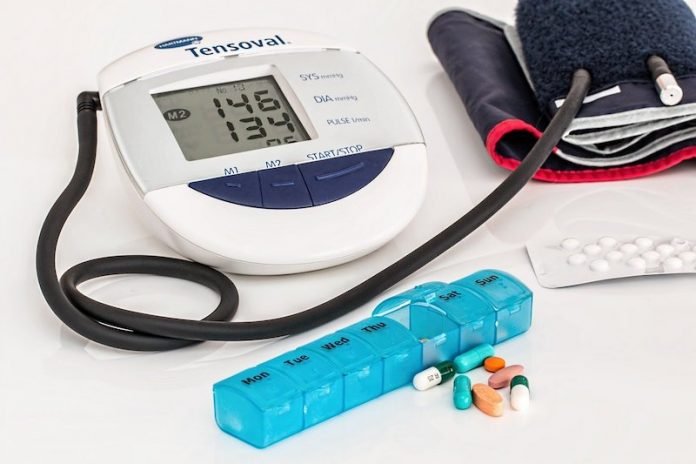
Systolic blood pressure is the best way to predict future cardiovascular events and death, irrespective of age, according to new research.
But in younger people, diastolic blood pressure could still be important.
Systolic pressure – the upper number in a blood pressure reading – measures how hard the heart pumps blood into arteries.
Diastolic – the bottom number – indicates the pressure on the arteries when the heart rests between beats.
In recent years, many medical experts shifted their focus to systolic readings when trying to determine the risk of heart problems, but questions lingered about how important diastolic readings really were, said Dr. Michael Hecht Olsen, lead author of a new study published Monday in the American Heart Association journal Hypertension.
To find out more, researchers looked at 26 years of data from 107,599 adults ages 19-97.
Participants didn’t start out with cardiovascular disease, but some eventually reached a “cardiovascular endpoint,” which the study defined as stroke, heart attack or death from heart disease.
The study found that for people under 50, diastolic blood pressure readings “provided additional prognostic predictive information,” Olsen said.
But the study showed systolic readings were still “a strong predictor of cardiovascular risk independent of age, sex and other cardiovascular risk factors.”
“Our results underline the importance of measuring not only the systolic but also the diastolic blood pressure, especially in individuals younger than 50,” said Olsen, a hypertension and cardiovascular prevention professor in the department of regional health research at the University of Southern Denmark.
The study also found that mean arterial pressure was a good measure of cardiovascular risk and death at any age.
Also called MAP, it is the average pressure in a person’s arteries during one cardiac cycle, and it is calculated using both diastolic and systolic blood pressure.
Dr. Deepak L. Bhatt, who was not involved in the research, called it a “well-done study that adds to prior work supporting that diastolic blood pressure is important.”
“The implications of this study are that both patients and physicians need to pay attention not only to the systolic blood pressure but also to the diastolic blood pressure,” said Bhatt, executive director of Interventional Cardiovascular Services at Brigham and Women’s Hospital and professor of medicine at Harvard Medical School in Boston.
“Hypertension remains an extremely common cause of cardiovascular complications such as stroke, heart attack and kidney failure.
Further research remains critically important in how best to identify, classify and treat high blood pressure,” he said.
According to AHA statistics, nearly half of adults in the United States have high blood pressure, which is defined as systolic blood pressure of 130 mmHg or above or a diastolic blood pressure of 80 mmHg or above. But it’s not just an older person’s disease.
High blood pressure is common among younger adults, affecting more than 1 in 5 people ages 18 to 39, based on data from the Centers for Disease Control and Prevention.
“The study’s finding that diastolic blood pressure may be particularly important in younger people is noteworthy,” Bhatt said.
High blood pressure often is called a “silent killer” because it quietly damages blood vessels and can lead to serious health problems.
While there are medications available to treat the condition, experts say people of all ages can help avoid high blood pressure by eating a well-balanced diet that’s low in sodium, limiting alcohol, avoiding tobacco use, engaging in regular physical activity, managing stress and maintaining a healthy weight.



